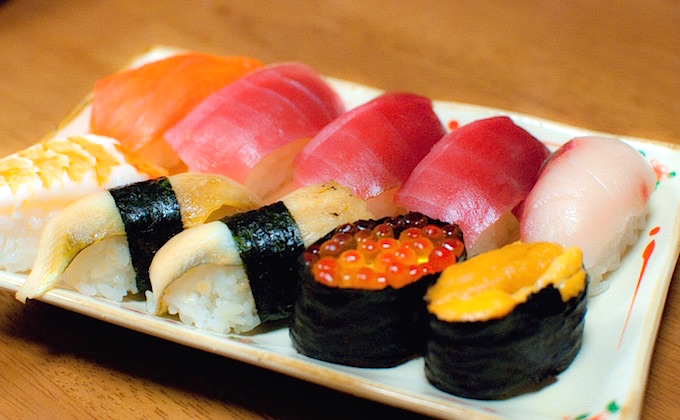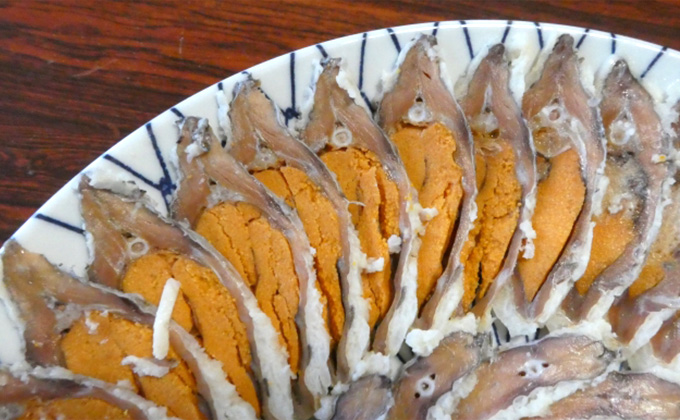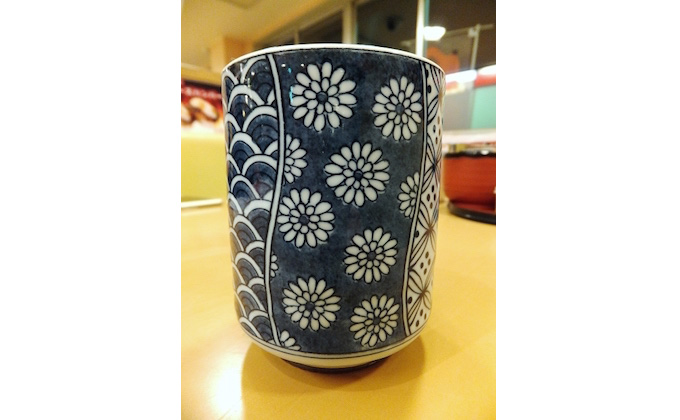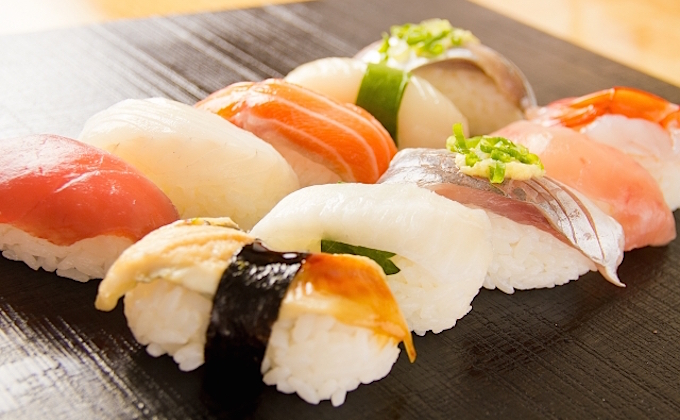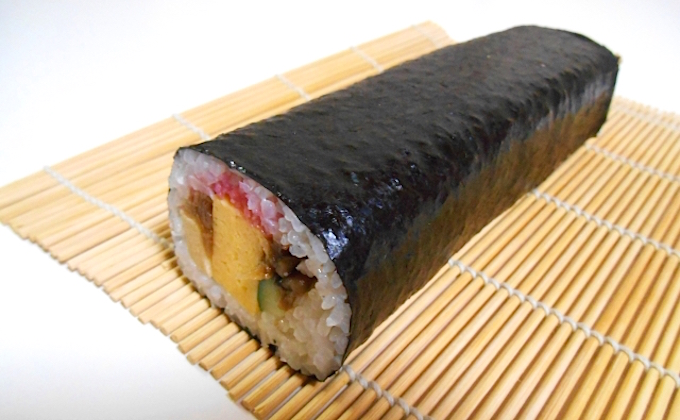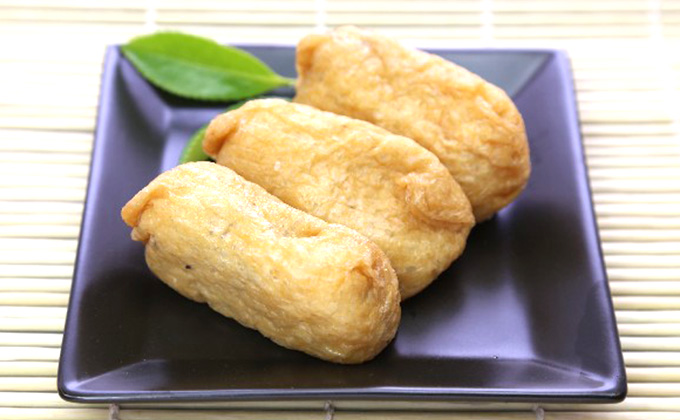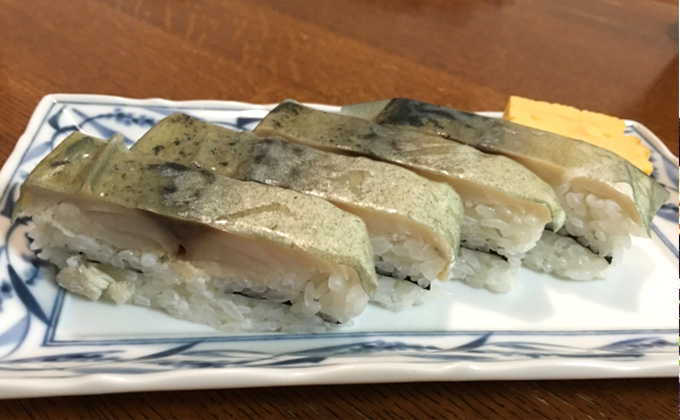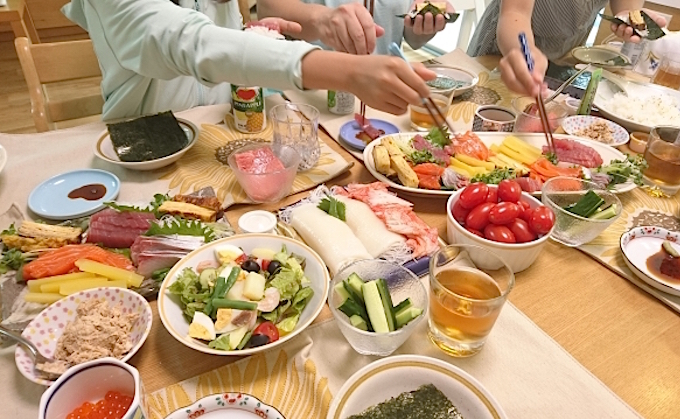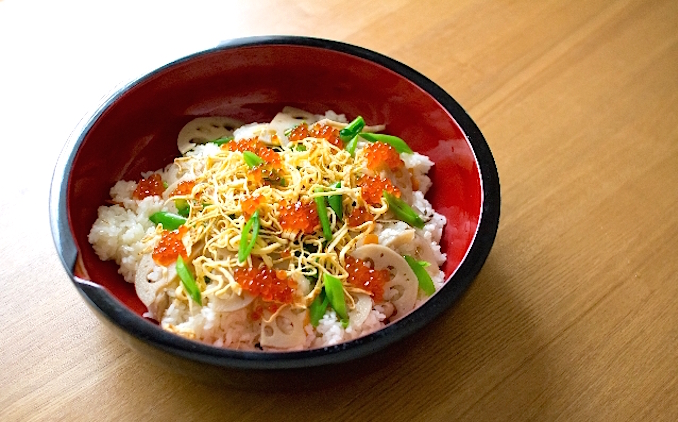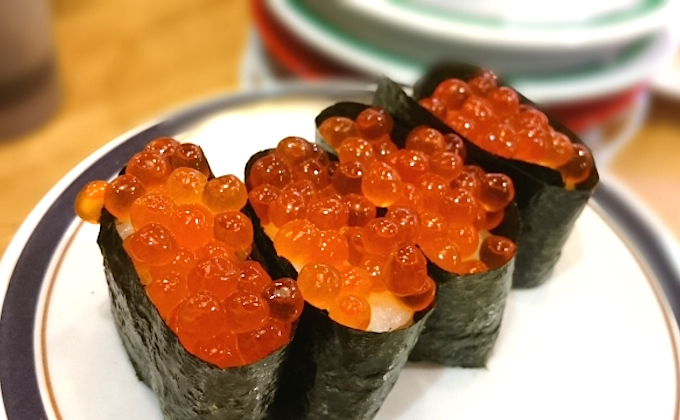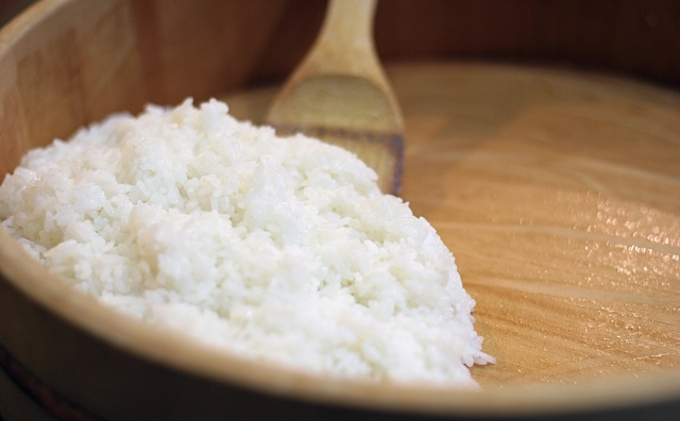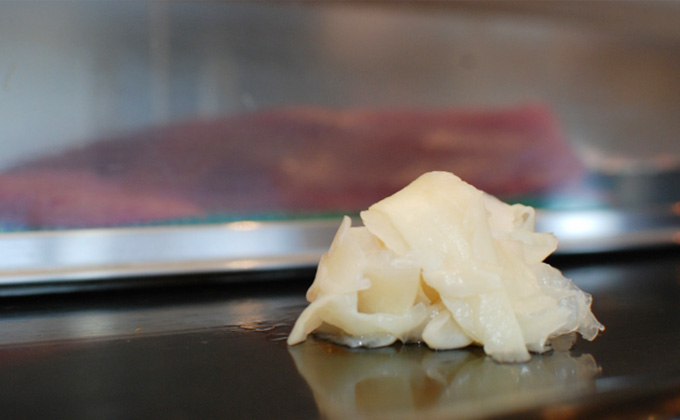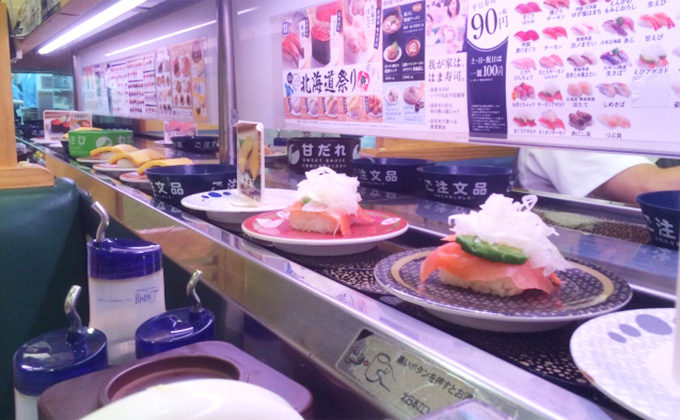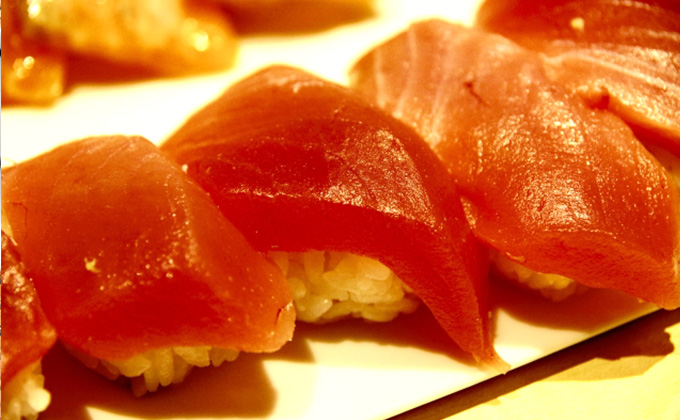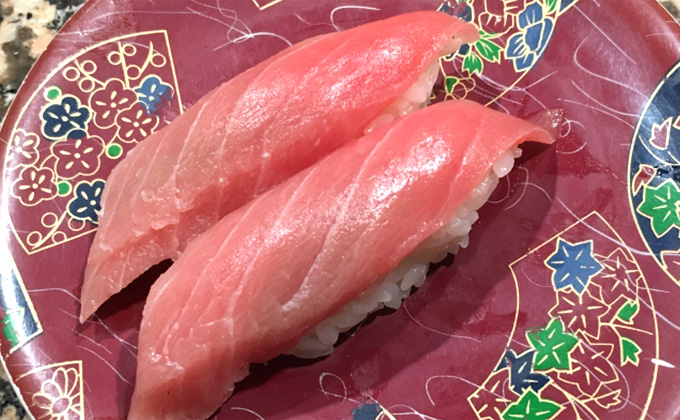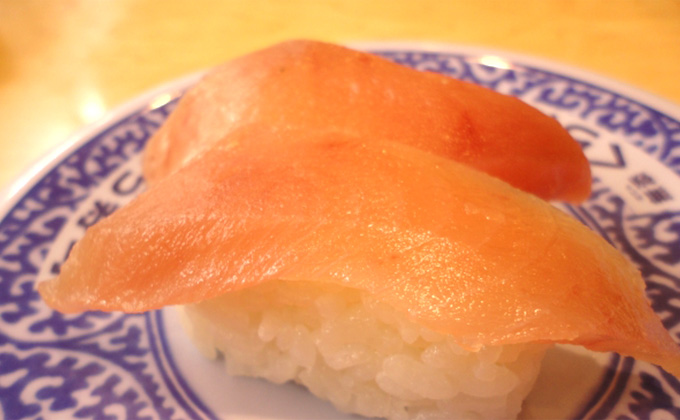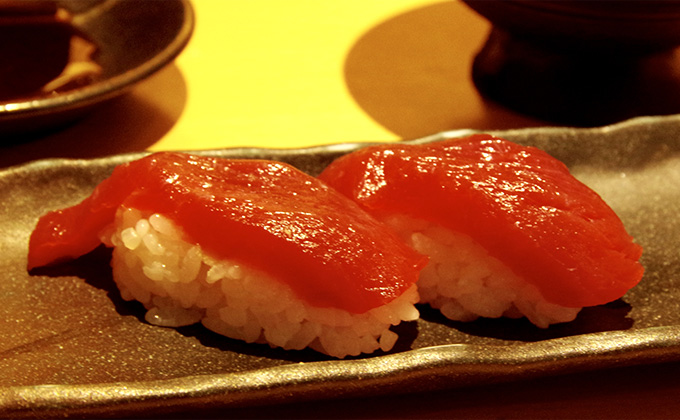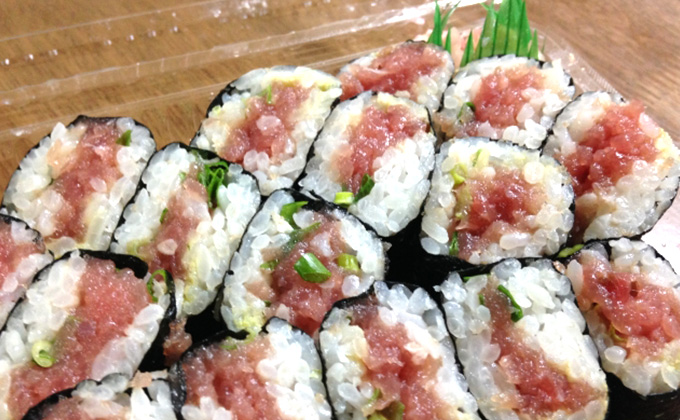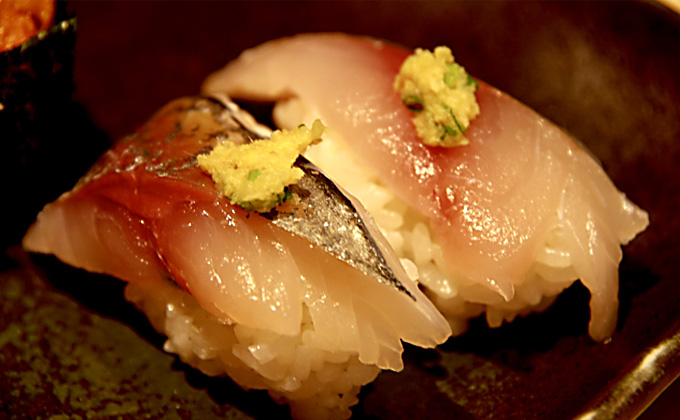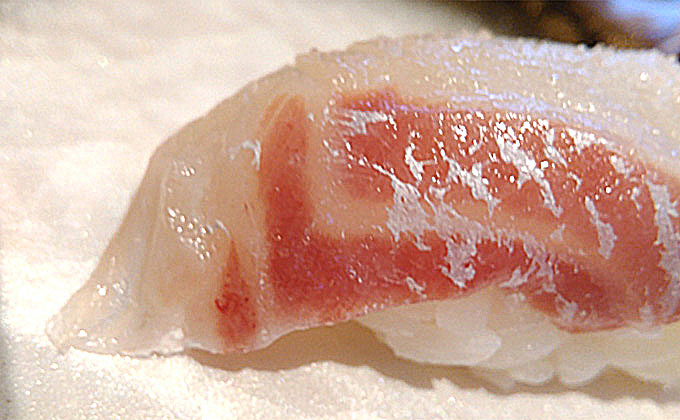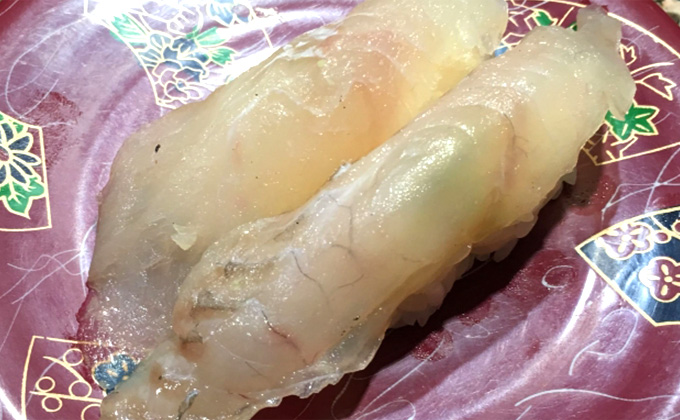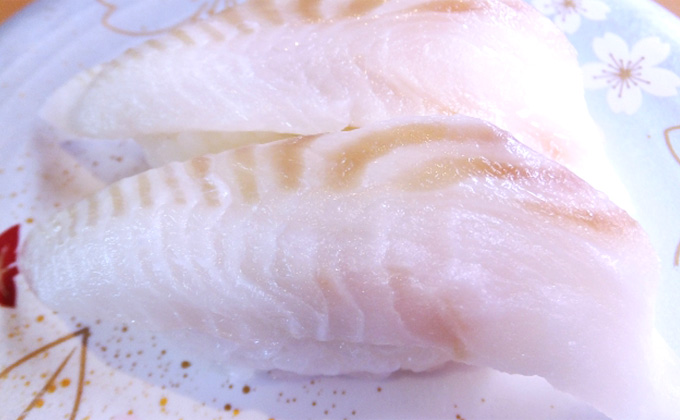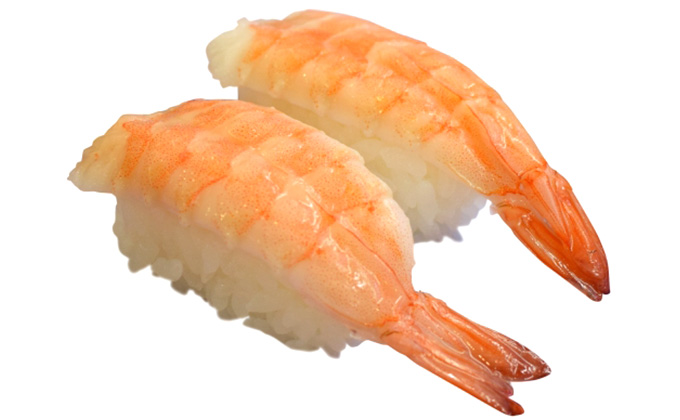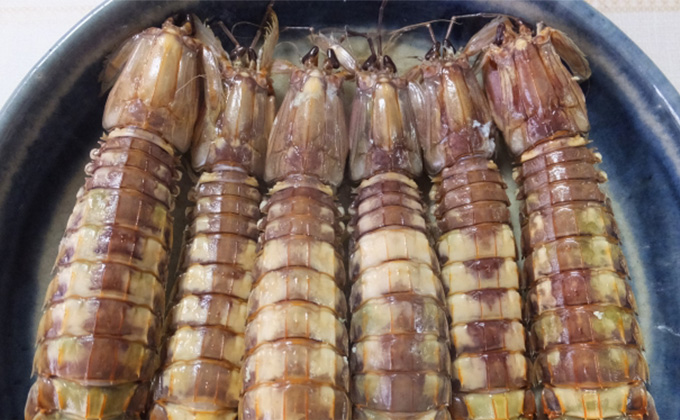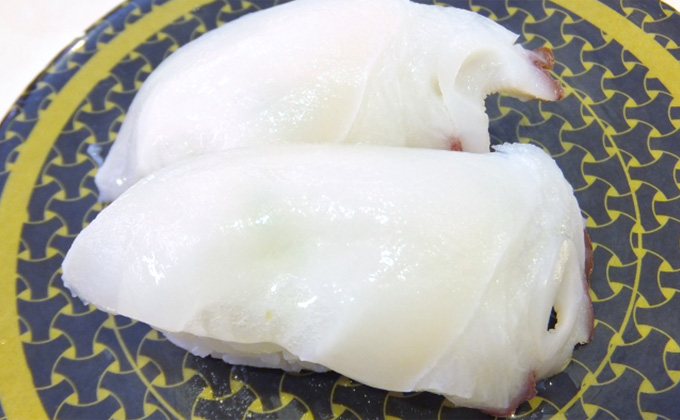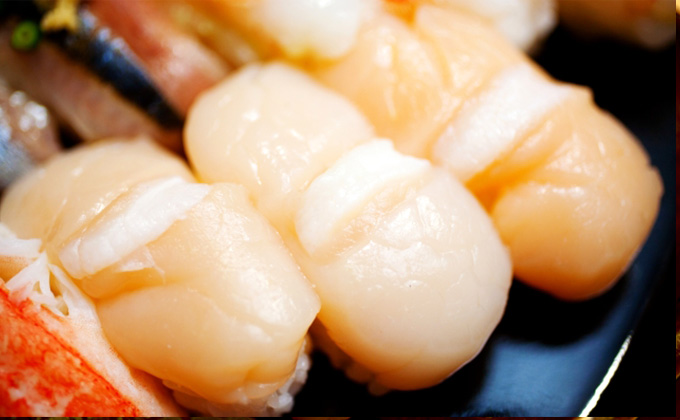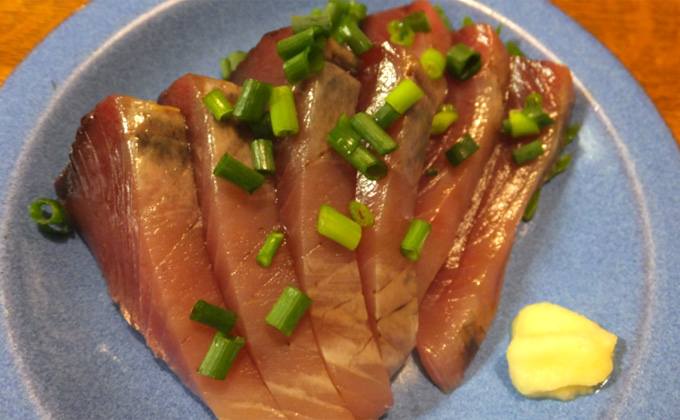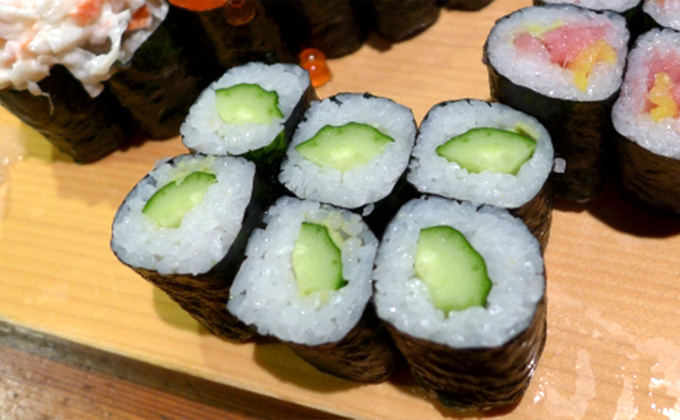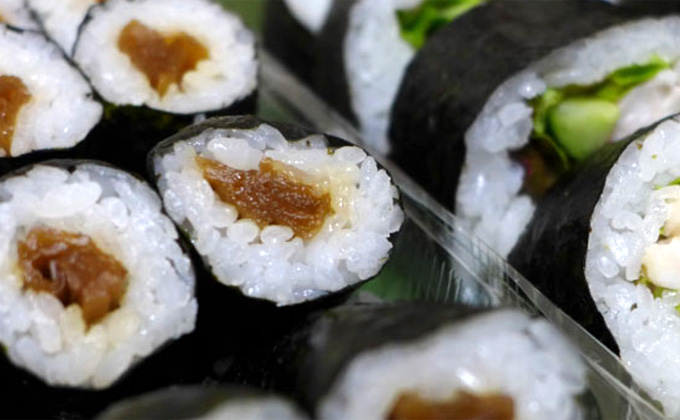TRG Info and Advice
Sushi
History of Sushi
The origin of sushi is not exactly known, but sushi has a history of more than 1,000 years. The very first sushi is said to have been “Nare-zushi” (fermented sushi), represented by “Funa-zushi” (fermented crucian carp sushi), which originated in Shiga Prefecture in the Kansai area.
Funa-zushi is made by gutting and salting down adult crucian carp, caught during the spawning time in spring, and then mixing and pickling it with rice in preparation for fermentation for a relatively long period. Nare-zushi is made by salting fish, with the offal removed, and then pickling it with rice. The sourness of Nare-zushi came from lactic acid fermentation, while present-day sushi is made sour by the use of vinegar. Originally, Nare-zushi was made for the purpose of preserving fish with the help of the fermentation of the rice. When finished, the rice was discarded and only the fish was eaten.
Later Nare-zushi developed, through “Hako-zushi” (box sushi) and “Oshi-zushi” (pressed sushi), into “Nigiri-zushi” (hand-shaped sushi).
It is thought that Nare-zushi was introduced into Japan from Southeast Asia via China. It is a fermented food made by stuffing raw fish and others in boiled grains, like rice and wheat, and fermenting it using lactic acid bacteria. The fermentation makes grains decompose and turn pulpy. At this stage, the lactic acid bacteria produces acetic acid, so vitamins and a sour taste develop. Japanese people learned that acidity weds rice and fish and makes them flavorful.
Nare-zushi takes several months or more to become fermented. But from the Muromachi era on (1388‐), people ate Nare-zushi before it became fully fermented, while the rice still retained its original shape.
After vinegar began to be produced, people started to substitute it for lactic acid. Sushi made this way is called “Haya-zushi” (quick sushi), which developed, through Hako-zushi, into Nigiri-zushi. “Nigiri-zushi” originated in Edo (now Tokyo). In the late Edo era (around the beginning of the 19th century), it was popular, along with tempura, among common people.
Before the birth of “Nigiri-zushi,” sushi rice had to be matured for many days before it was ready to eat. The innovative method of mixing rice with vinegar, however, and then putting fish and other ingredients on top, provided a quicker way to make sushi. In addition to using luxurious ingredients, economical sushi such as Inari-zushi (which is made by stuffing vinegared rice in deep-fried tofu), came to be made around this time, too.
Nigiri-zushi is also called “Edomae-zushi” as fishes, shellfishes and laver harvested in Tokyo Bay are used for it. Edomae literally means, “in front of Edo.”
In the Edo era, most sushi chefs had small cart-restaurants or were peddlers who hawked boxed sushi which they carried on their shoulders. Edo-style roadside carts disappeared after they were banned by the Public Health Act, and other regulations, in 1938. After the war, the present style of sushi restaurants, where ingredients are displayed in glass cases at the counter, came into being.
At present, two pieces of the same variety are generally served at a time, but in prewar days only one piece was provided, and the pieces were much bigger. It took a bite and a half, or two bites, to consume just one piece of sushi.
At the cart restaurants, one chef had to do everything and was often tied up, so sake was not served. Customers dropped in only for the purpose of eating sushi. The use of large tea cups which spared the chefs from frequent refills, is a vestige of the service provided at such roadside carts, that remains, today, at present-day sushi shops.
After the Great Kanto Earthquake of 1923, many Tokyo sushi chefs were hard hit and returned to their hometowns, which prompted the spread of Nigirizushi all over Japan.
In the Taisho era, it seems that Inari-zushi, Maki-zushi (sushi rolls), Chirashi-zushi (sushi topped with sashimi, seaweed and vegetables), and others were made even in ordinary homes. In 1958, the very first conveyer belt sushi restaurant was established. One such shop participated in the Japan World Exposition in Osaka, in 1970, and attracted national attention. The low prices and the clear manifestation of those prices helped conveyer belt sushi shops take root in society.
Nowadays, sushi is known throughout the world as one of Japan’s representative cuisines.
Around the 1980s “sushi bars” came into being in the United States, and with this start, sushi spread all over the world. Various kinds of sushi, more suited to the palates of Americans and Europeans, are eaten in various parts of the world. The California roll, for example, is a sushi roll in which avocado, crab and other ingredients are used, and which is made inside-out, with the laver hidden inside, to cater to people who don’t like its black color.
People overseas mainly associate Japanese sushi with “Edomae-zushi,” but, actually, various kinds of sushi can be found all over Japan. These varieties constitute part of the food culture of any given district.
What is “sushi”?
A dish which is a combination of vinegared rice and other ingredients, mainly fishes and shellfishes. The word “sushi” actually refers to the vinegared rice, “su” meaning vinegar, and “shi” being short for “meshi,” which is another word for rice.
Varieties
Nigiri-zushi (Hand-shaped Sushi)
A small piece of vinegary, hand-shaped rice topped with a slice of fish, a piece of omelet, or other ingredients. Wasabi (Japanese horseradish) is placed in between the rice and the topping. It is eaten with your fingers or a pair of chopsticks. Dip it in soy sauce, if necessary. The history of Nigiri-zushi is rather short, for it was invented in Edo during the Edo era.
Maki-zushi (Sushi Rolls)
A type of sushi made thin and long by rolling vinegared rice with other ingredients in dried laver.
Inari-zushi (Sushi Wrapped in Deep-fried Tofu)
Sushi made by opening flavored and simmered deep-fried tofu like a bag and stuffing it with vinegared rice only, or vinegared rice mixed with ingredients such as carrots, shiitake mushrooms, sesame seeds, and others. The latter type of Inari-zushi is sometimes called “Gomoku Inari” (Gomoku means, “various vegetables, seafood, and/or meat”).
Oshi-zushi (Pressed Sushi)
Sushi topped with an ingredient and pressed with some force.
The original form of Oshi-zushi is “Hako-zushi” (Box Sushi), the prototype of Nigiri-zushi invented in the Edo era.
Temaki-zushi (Hand-rolled Sushi)
Sushi made by putting rice and toppings on dried laver and rolling them by hand.
Chirashi-zushi (Scattered Sushi)
Sushi with pieces of omelet, sashimi, salmon roe, cucumbers and others, scattered all over it.
Gunkan-maki (literally: Warship Roll)
Sushi made by wrapping dried laver around a piece of hand-shaped sushi and placing delicate fillings like salmon roe or sea urchin, on top.
Shari
Gari
Thinly sliced ginger prepared in sweet vinegar.
Gari is considered to be essential in the presentation of sushi. It has a crispy touch and texture, and a refreshing, piquant taste, with a sweet-sour flavor.
Since gari removes the fishy smell, consuming a little between each piece of sushi will refresh your palate, and you can enjoy the flavor of the next piece.
Conveyer belt sushi
The colors and patterns of the plates tell customers the prices of the sushi. (There are uniform-price sushi shops, too.) Bills are calculated by counting the plates after eating.
If you can’t find the variety you want to eat in a stream of sushi, or when you want warm soup or a cold drink, you can place an order by calling to the chef or server.
Even when you already see the variety you want on the conveyer belt, you can ask the sushi chefs to prepare new pieces afresh.
Sushi Varieties
Medium Fatty Tuna
The central part of the tuna belly. You can enjoy the texture of red meat (muscle tissue) and fatty flesh.
Salmon
Fatty and a good match with soy sauce. One of the standard varieties of nigirizushi.
Mackerel
A representative blueback. Mackerel in season (November-around March) is fatty and tasty.
Kohada (Gizzard Shad)
Kohada is also a “shusse-uo,” a fish that is called by different names as it grows larger. Shinko→Kohada→Nakazumi→Konoshiro It is a popular fish as its flavors vary during the different stages of growth.
Sardine
Healthy. Flavorful and cheap. It can be recommended for people who don’t like the peculiar smell of bluebacks.
Horse Mackerel
A blueback that contains a relatively small amount of fat. It goes better with grated ginger than with wasabi (Japanese horseradish).
Hamachi, Buri (Yellowtail)
Buri is a “shusse-uo,” a fish that is called by different names as it grows larger. (In Japanese, “shusse” means “success in life” or “promotion.”) In the Kansai area, the names change in this order: Tsubasu → Hamachi → Mejiro → Buri.
Octopus
The more you chew octopus, the more flavorful it becomes. This is the appeal of octopus, and when it is made into sashimi, you can enjoy its original flavor.
Ark Shell
Ark shell has a distinct flavor and an aroma unique to shellfish. It goes well with vinegar, so it is best fit for sushi.
Kappa-maki (Cucumber Roll)
Cucumber and shari rolled thinly in dried laver. There is a theory that “Kappa-maki” has come to be so called because cucumber is the favorite food of the kappa, a mythical Japanese river sprite.
Natto-maki (Fermented Soybeans Roll)
Natto and shari rolled thinly in dried laver. Natto-maki, a standard maki-zushi, is popular among children as well as adults.
Kanpachi (Greater Amberjack)
Kanpachi belongs to the family of “buri,” but is considered to be of a higher class than buri. (Natural Kanpachi)
Kohada (Gizzard Shad)
Kohada is also a “shusse-uo,” a fish that is called by different names as it grows larger. Shinko→Kohada→Nakazumi→Konoshiro It is a popular fish as its flavors vary during the different stages of growth.
Crab
Crab is rich in variety and a popular sushi ingredient. Legs are mainly used in sushi, but crab butter is sometimes used for gunkan-maki (literally, warship roll).






